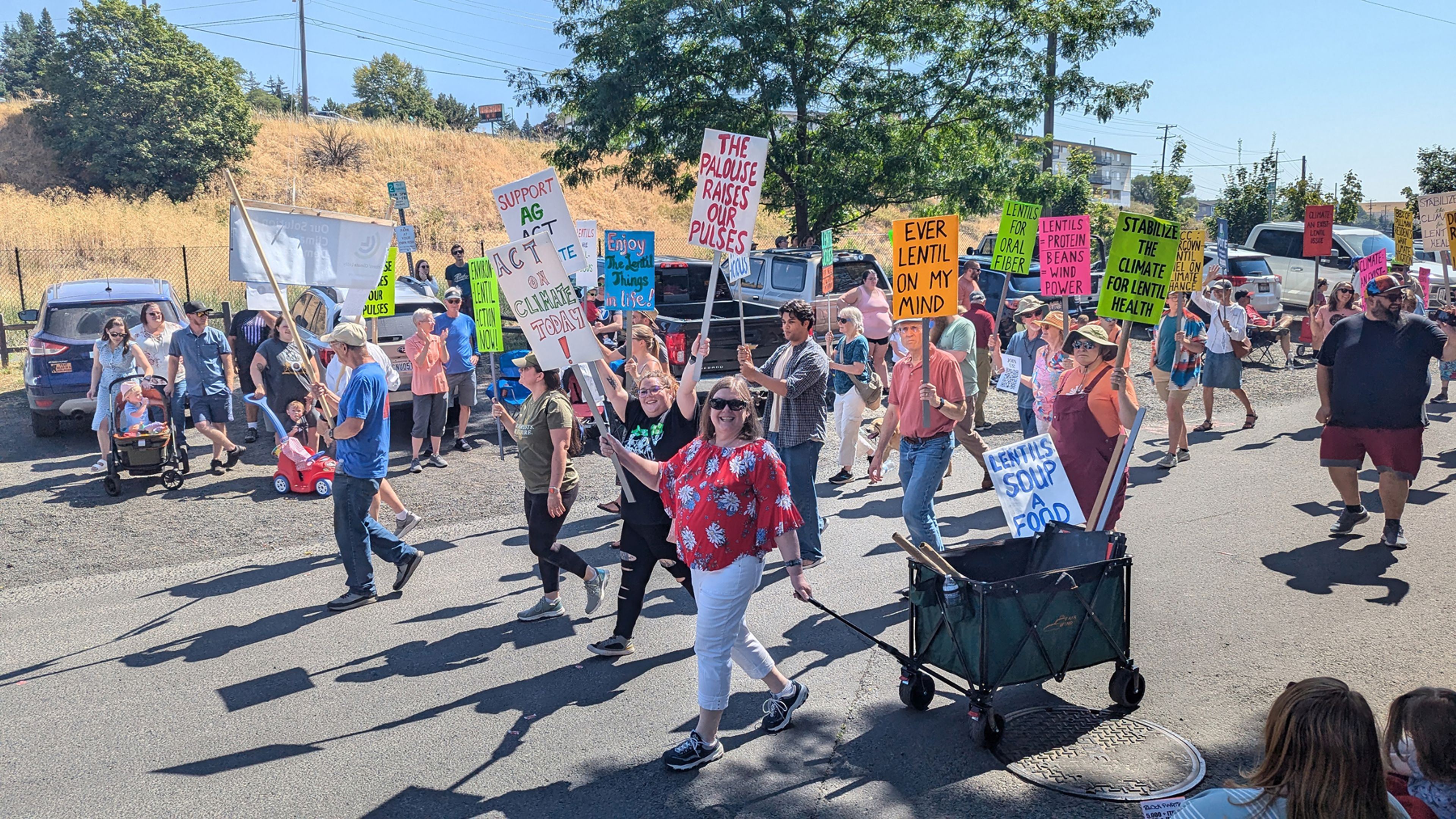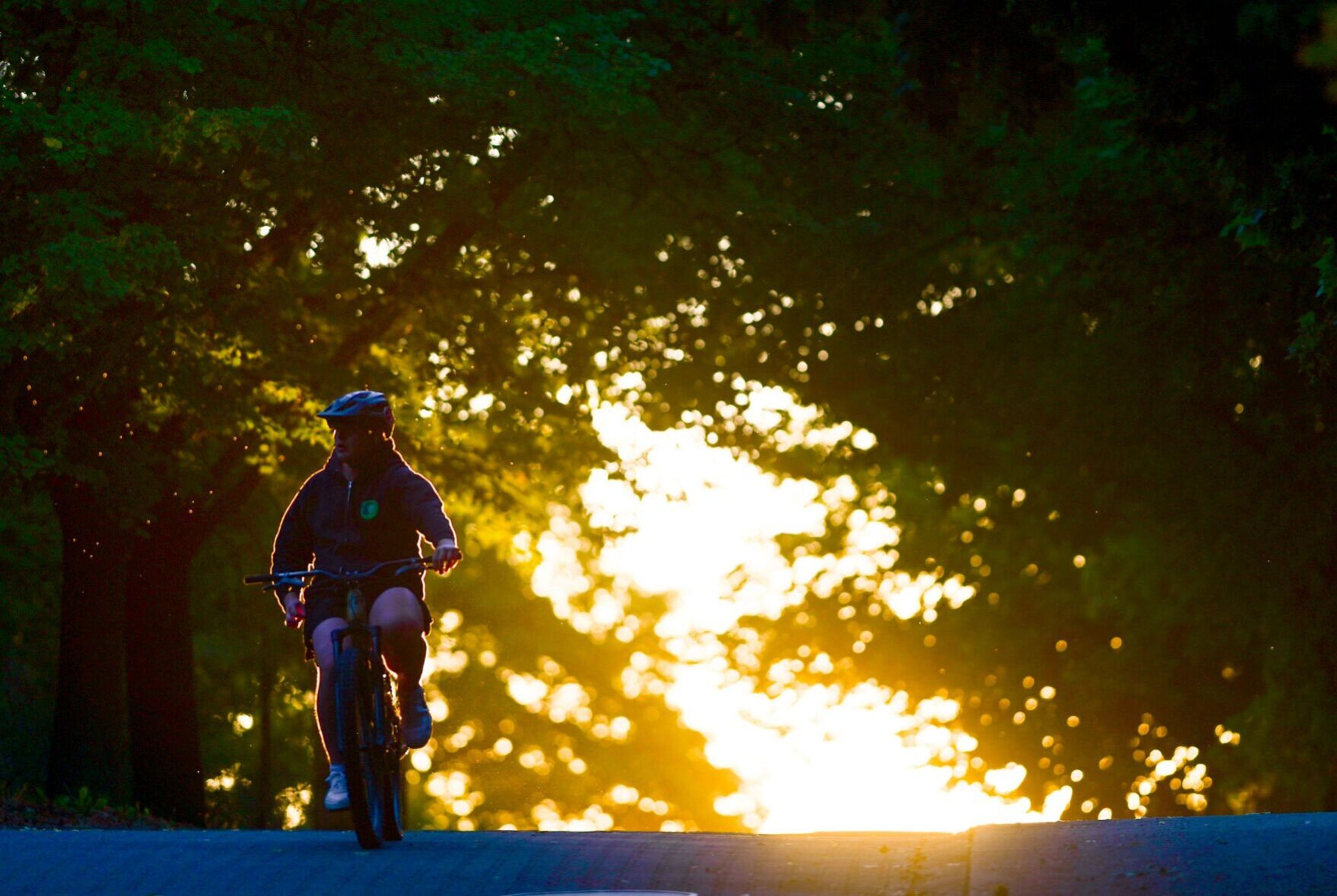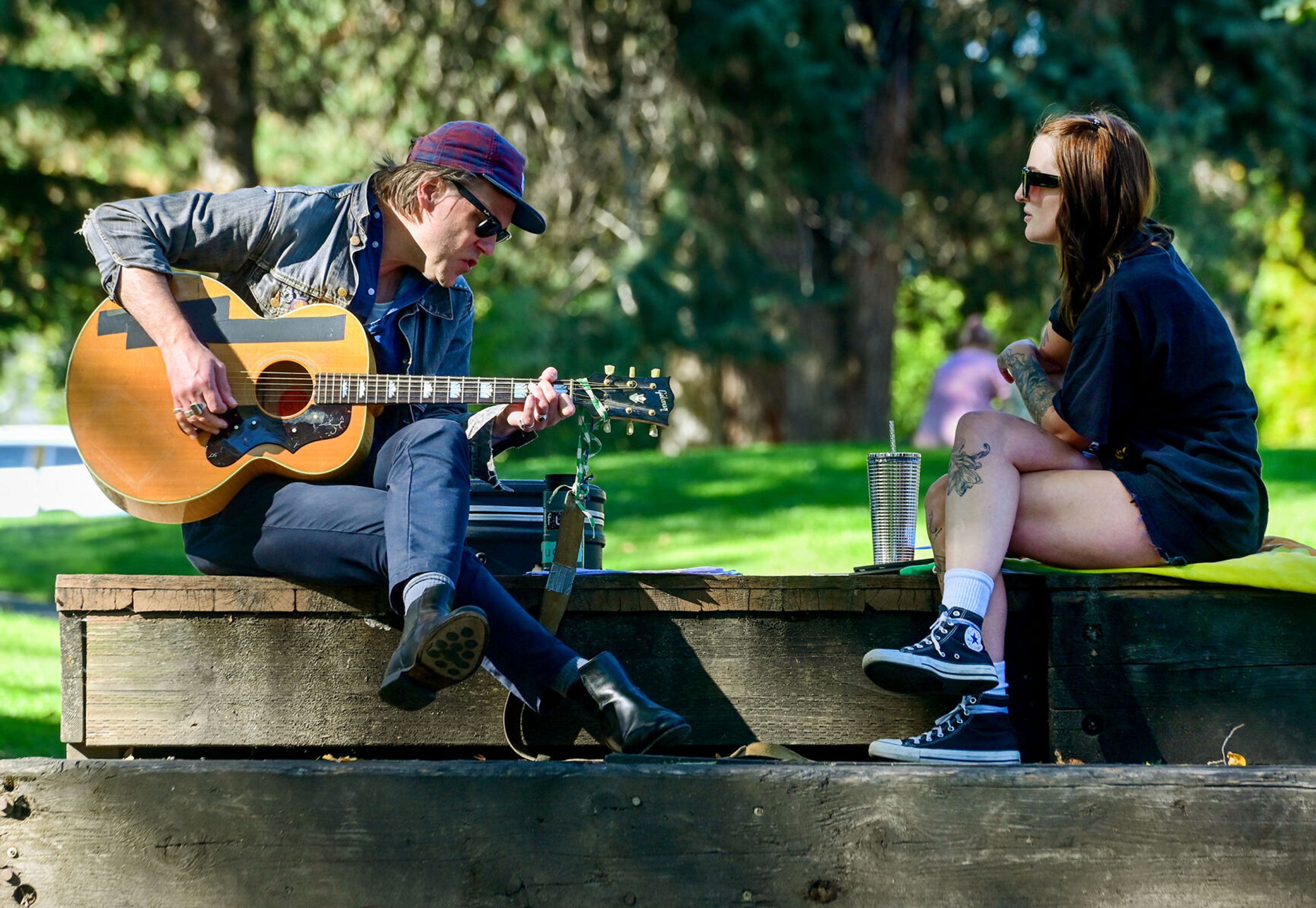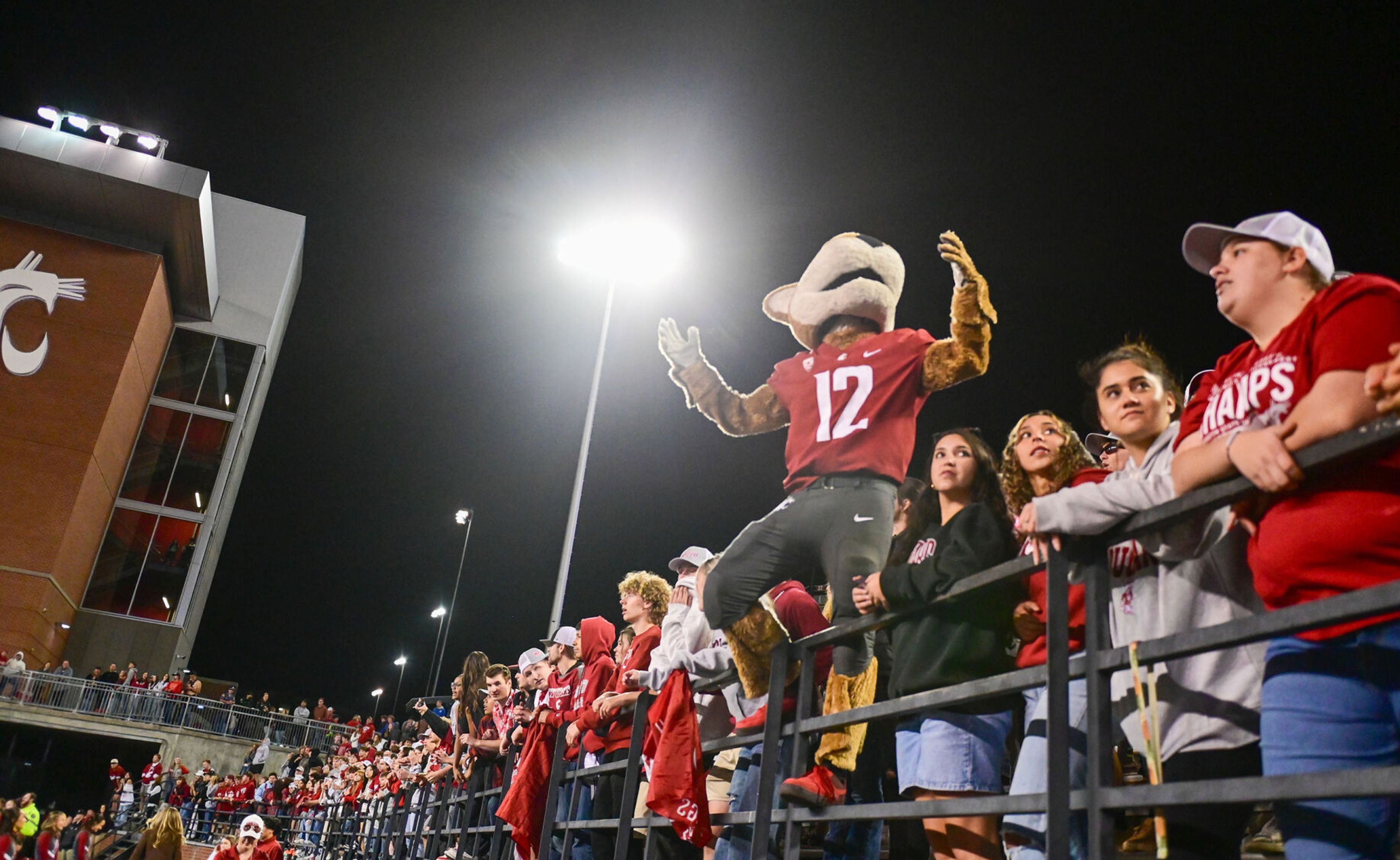Things in Bovill aren't the way they used to be.
The opera house and dance hall that drew crowds from across Latah County stands empty and condemned. Where the railroad depot was once the heart of town, there is an empty field. Crawford's drug store is just a rundown building front. The Elk Tavern cools its beer in the old bank vault.
Don't give up on Bovill just yet, though, says a group of longtime residents.
The Family Support Center, dedicated in 2003, is home to GED classes and community gatherings. A brand-new fire station stands out on the south end of town. Hundreds of hours of volunteer work made the old Catholic church into the White Family Heritage Library. The restored 1910 jail has a new home in a park.
Members of the Bovill Improvement Group and other residents are planning to celebrate Bovill's centennial and look toward the town's future July 13-15.
"We have to celebrate something," said Becky Kellom, Bovill's former mayor and secretary-treasurer of BIG.
The group settled on 2007 as the centennial because the town founder, a rich Englishman named Hugh Bovill, brought the first post office to town in 1907, though Bovill was first incorporated in 1903. The centennial will feature history presentations, railroad speeder-car rides, barbecues, music and more.
Though Bovill has been in "a steady decline since 1950," Kellom said, she and other "old-timers" believe their town is worth celebrating.
"We're kind of at a crossroads where we have to work together and build a better future, try to clean up our town and our image," said Karen Eggers, a Bovill native of 45 years who is working on the centennial with the Presbyterian church.
Bovill residents cited recreation opportunities and natural beauty as things that make their town great.
Head librarian Paula Winter said it's a great place to raise children, and Kellom said it's an inexpensive place to live.
"Despite our reputation, there's more good than bad here," said Sheila Loomis, a BIG member and 63-year Bovill resident. "It a good, clean life here. We have clean air, clean water. Our toilets flush and we have TV."
Lifelong residents John McDonald, 77, and Becky Kellom's husband, Dallace, 72, are fond of remembering Bovill in its heyday. Though the town has about 300 residents today, it had 550 when Dallace was a boy.
"This was a great place to grow up. You could do anything you wanted here. I mean, that was legal," he said.
At Bovill's peak in the early part of the 1900s, there were about 800 people living in town, most of whom worked for the railroad or the Potlatch Lumber Company. In 1917, there were two doctors, a dentist, a bank and a horse doctor. The Milwaukee and Washington-Idaho-Montana railroad lines came through town, and loggers both lived in Bovill and came seasonally to work.
"My dad used to say that on a Sunday morning there was 1,000 lumberjacks walking down Main Street," Dallace said.
McDonald said the whole town used to run down to the station to see who came in on the train, then run to the post office an hour later to pick up their mail. He remembers when visitors from all over the area came to Hugh Bovill's grand hotel, which still stands in ruins on a hillside.
"They'd have people come out who had money from Moscow and they'd stay for summer vacation," he said.
He also remembers the "mournful shriek" of the train whistles, which came less frequently when Potlatch changed hands in the '60s and Bovill was no longer a hub for logging. The tracks were finally torn out about 10 years ago, and the last Potlatch office moved to Deary in 2006.
"All that stuff just died here," McDonald said.
BIG members are hoping to bring some of the life back to Bovill.
They want a grocery store, or any new business. Right now, the only businesses in town are two bars.
As part of the centennial celebration, BIG is selling T-shirts, post cards and other Bovill-themed items, including a community cookbook with recipes from residents as far back as Charlotte Bovill, Hugh's wife. The profits will help build playgrounds at two parks.
"Raising that money will benefit our community for our children, and that's our future," Becky Kellom said.
Most of the new improvements to the town, such as the library and benches in the parks, were achieved by locals who volunteered to help and were paid for by donations.
"Our town would be sunk without donations," Becky said.
"And volunteers," added LeahAnn Brady, BIG president and a 61-year Bovill resident.
Brady said the old-timers are tired, though, and can't do all the work much longer. Brady, Loomis and Becky all plan to retire once the centennial has passed.
"Most of us started out about 19 years old volunteering around here, and we're in our 60s or 70s," Brady said.
The older generation in Bovill has been trying to make things better for the town, and now they hope the young people take over the good work.
"We need the next generation to step up and start doing it," Becky said.
Tara Roberts can be reached at (208) 882-5361, ext. 231, or by e-mail at troberts@dnews.com.
Bovill trivia - Bovill's original street layout is in the shape of Idaho, thanks to Hugh Bovill's friend, a civil engineer. - The dance hall above the opera house also featured golf holes and allowed children to roller skate inside. - Though the Bovill Record's office burned along with most of the town in 1914, it moved to a different building and printed again in days. - A herd of 32 elk were brought to Bovill from Yellowstone National Park in the 1920s and released into the wild. - A pool hall and boarding house downtown once had a two-story outhouse.







